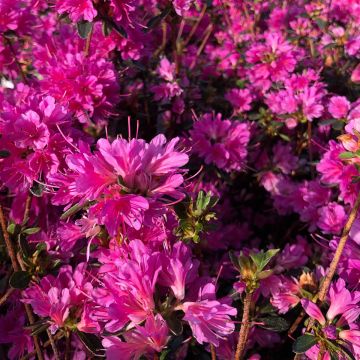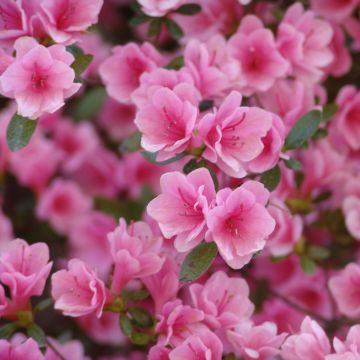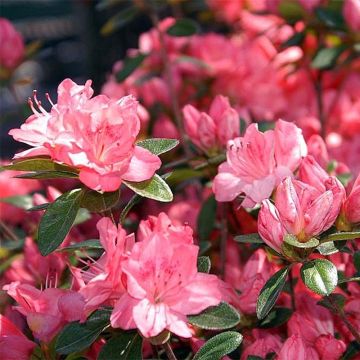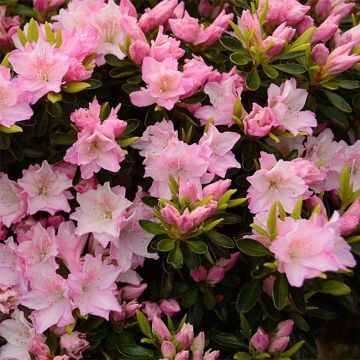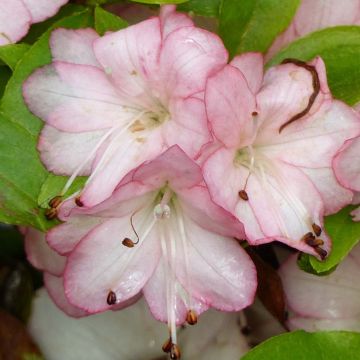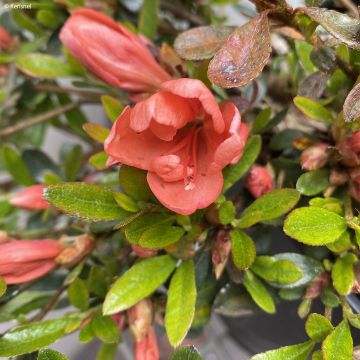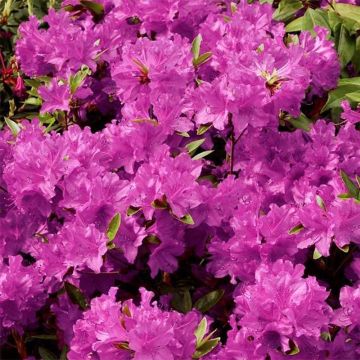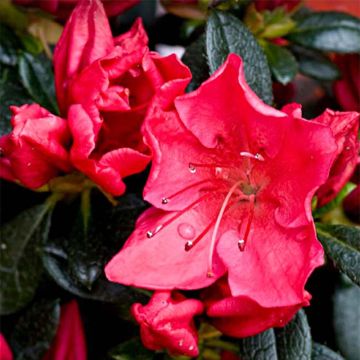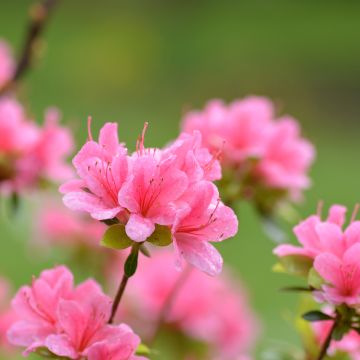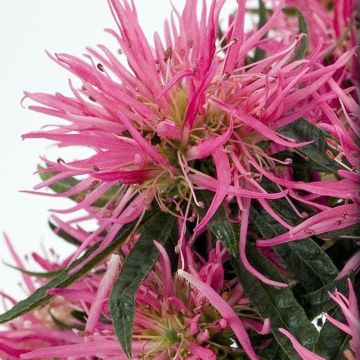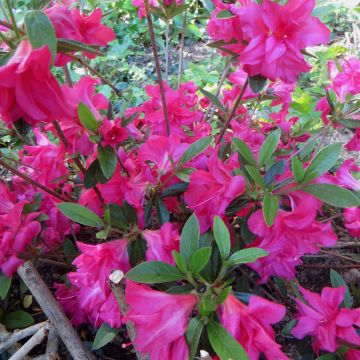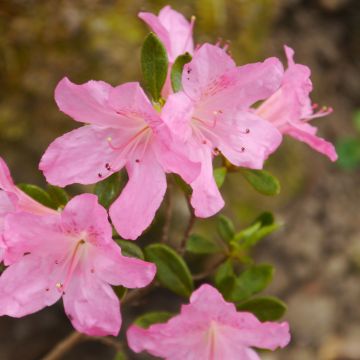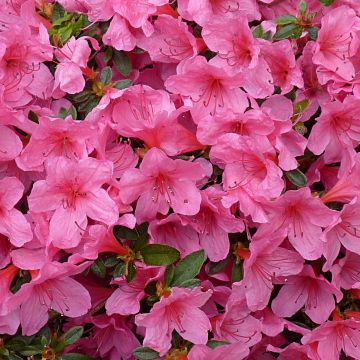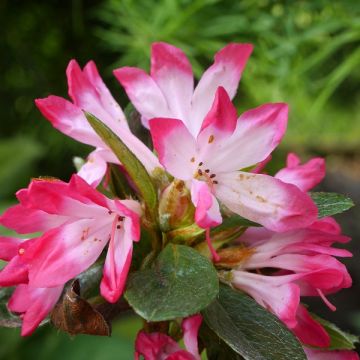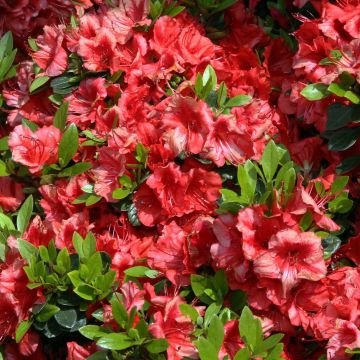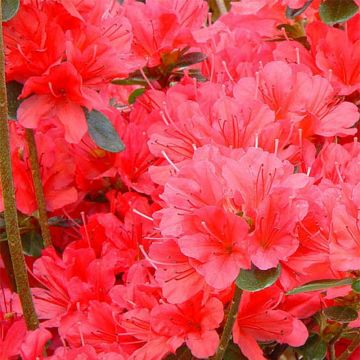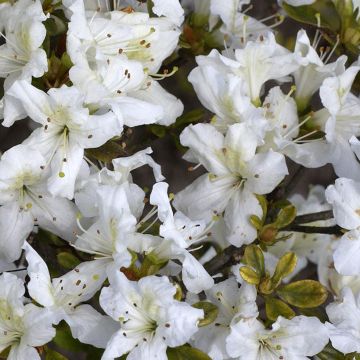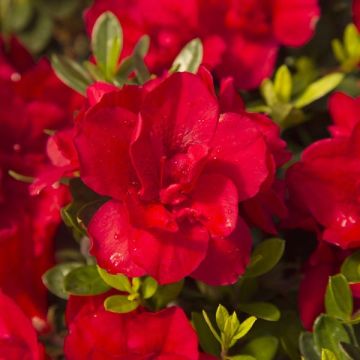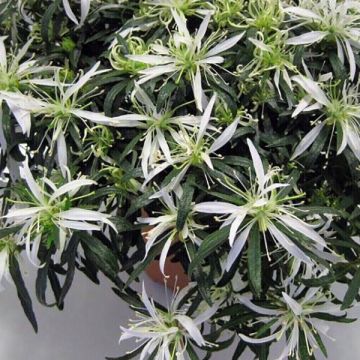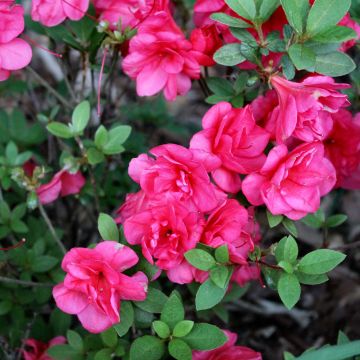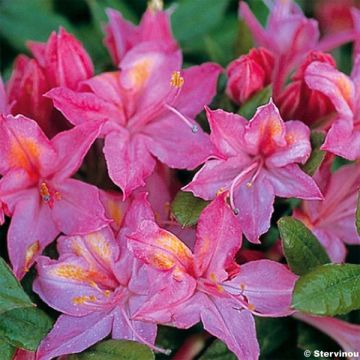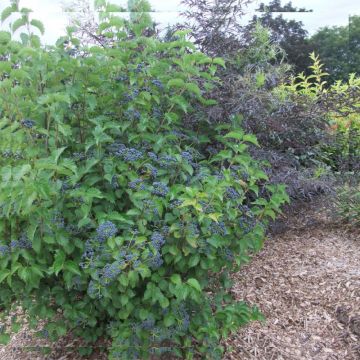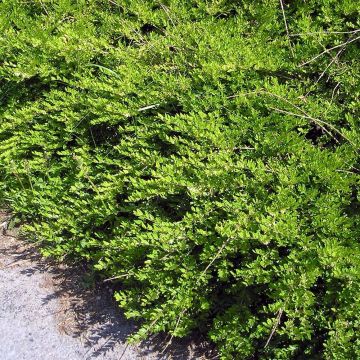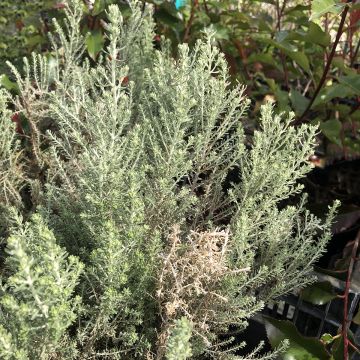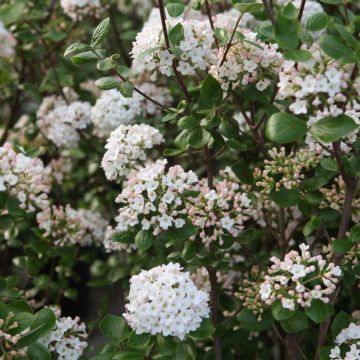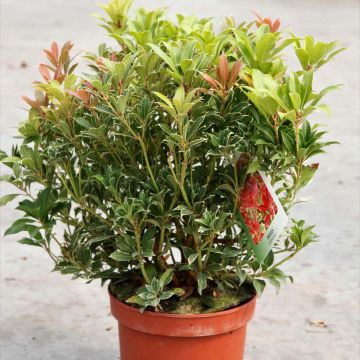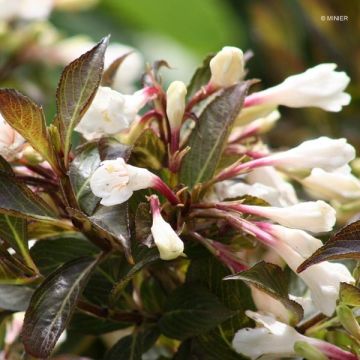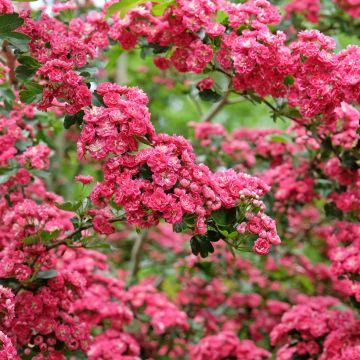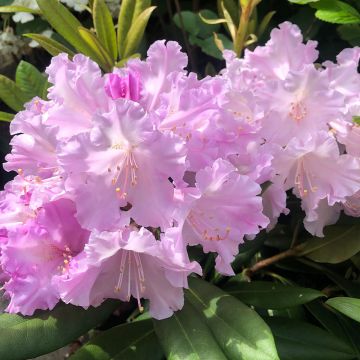Shipping country and language
Your country of residence may be:
Your country of residence is:
For a better user experience on our website, you can select:
Your shipping country:
Andorra
Austria
Belgium
Bulgaria
Canada
Chile
Croatia
Cyprus
Czechia
Denmark
Estonia
Finland
France
Germany
Greece
Hungary
Iceland
Ireland
Italy
Latvia
Lithuania
Luxembourg
Malta
Monaco
Netherlands
Poland
Portugal
Romania
Slovakia
Slovenia
Spain
Sweden
Switzerland
United Kingdom
We only deliver seed and bulb products to your country. If you add other products to your basket, they cannot be shipped.
Language:
French
German
Spanish
English
My Account
Hello
My wish lists
Plantfit
Log in / Register
Existing customer?
New customer?
Create an account to track your orders, access our customer service and, if you wish, make the most of our upcoming offers.
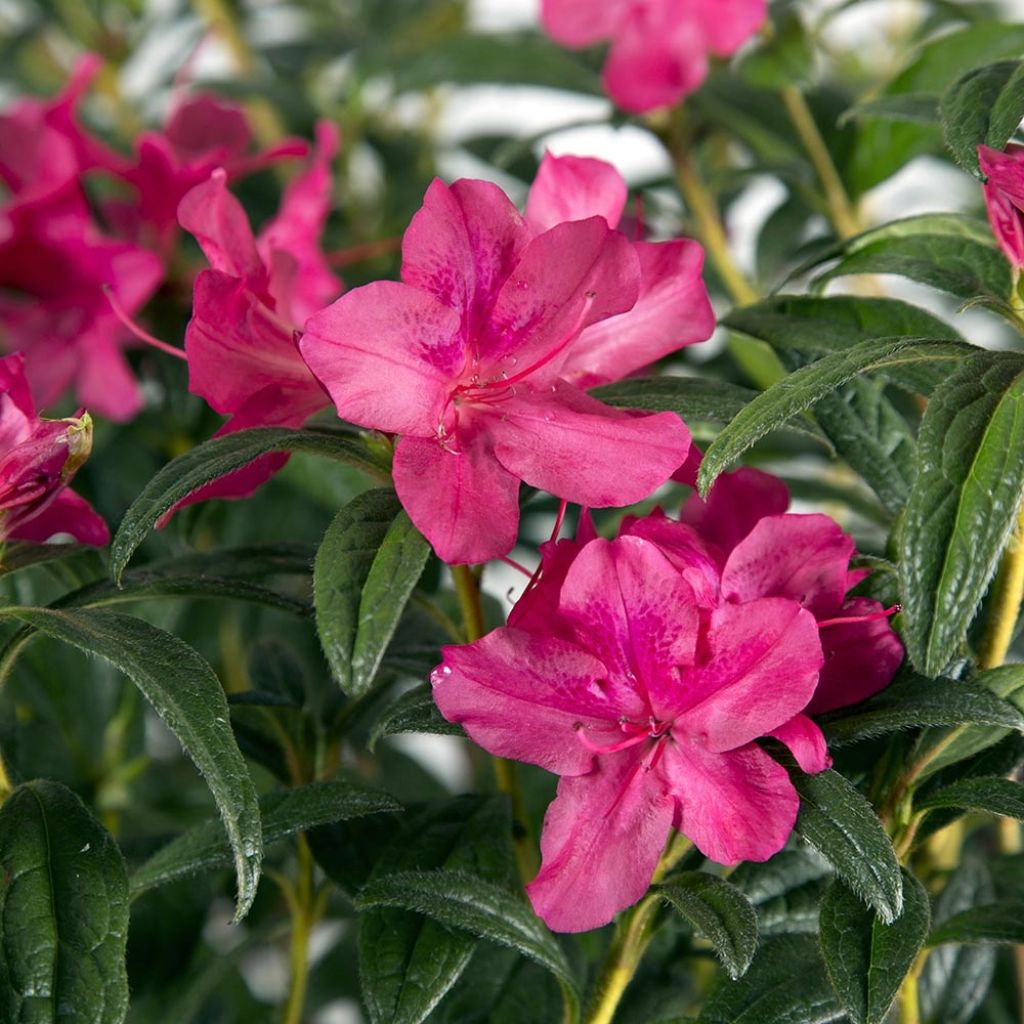

Azalea japonica ENCORE Jewel Roblue
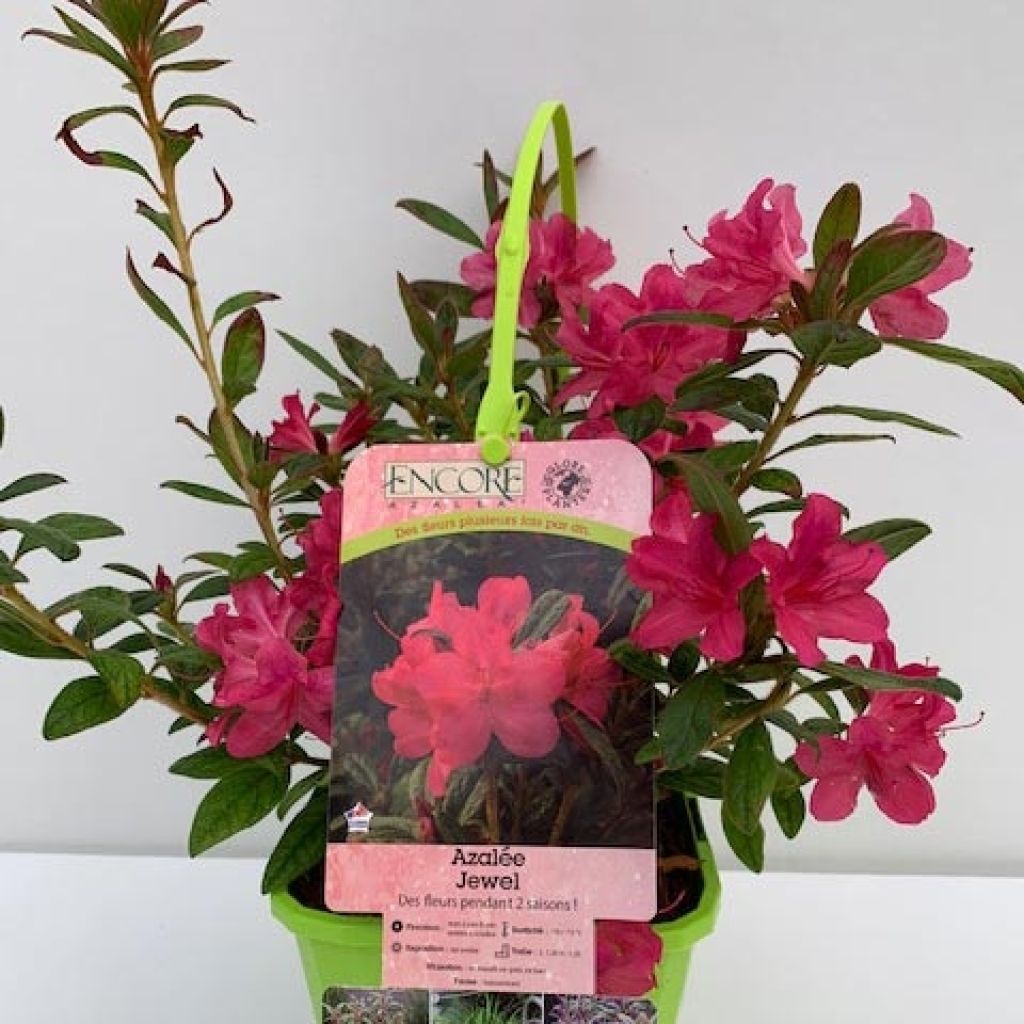

Azalea japonica ENCORE Jewel Roblue
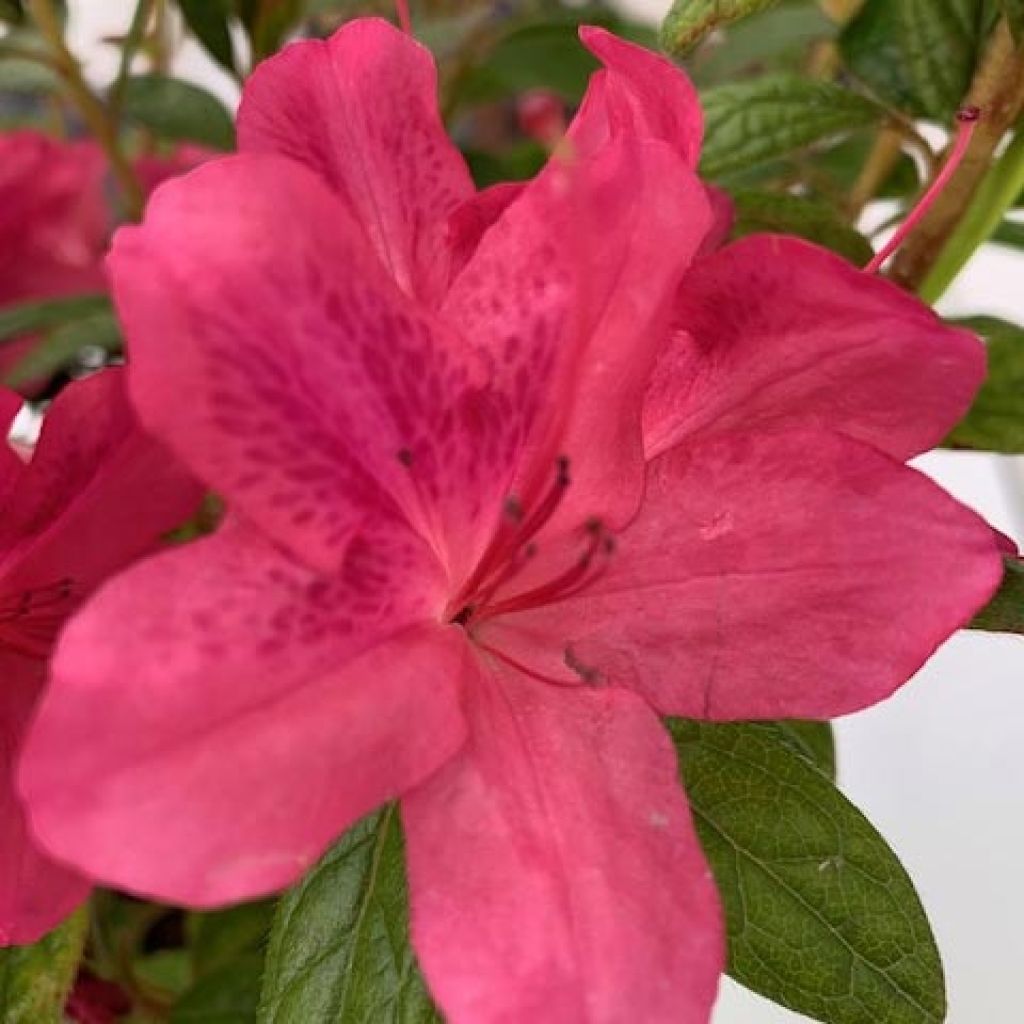

Azalea japonica ENCORE Jewel Roblue
Azalea japonica ENCORE Jewel Roblue
Rhododendron (Azalea) japonica ENCORE® Jewel 'Roblue'
Japanese Azalea
Sad evergreen plant received, for an evergreen plant I received them almost bare and they are still losing leaves ☹️ What a shame.
Sylvain, 09/11/2021
Why not try an alternative variety in stock?
View all →Order in the next for dispatch today!
Dispatch by letter from €3.90.
Delivery charge from €5.90 Oversize package delivery charge from €6.90.
More information
This item is not available in your country.
Schedule delivery date,
and select date in basket
This plant carries a 24 months recovery warranty
More information
We guarantee the quality of our plants for a full growing cycle, and will replace at our expense any plant that fails to recover under normal climatic and planting conditions.
From €5.90 for pickup delivery and €6.90 for home delivery
Express home delivery from €8.90.
Does this plant fit my garden?
Set up your Plantfit profile →
Description
The hybrid Azalea Encore 'Jewel' is a vigorous variety with intensely pink flowers that will brighten up the garden for months. It belongs to the Encore series, which has made the Japanese Azalea a plant almost as decorative as the rose with its successive and spectacular flowerings. This lovely evergreen bush blooms two to three times a year, depending on the climate, in successive waves from late winter or early spring to early autumn. Thriving in full sun or partial shade and relatively hardy, the Encore hybrid Azaleas are very versatile and come in a variety of styles, including single or double flowers, more or less compact, in a range of colours including white, red, various shades of pink, salmon, and orange vermillion. Mix them together to create rustic flowerbeds or more sophisticated displays. Like all Azaleas, 'Jewel' prefers lime-free soils, moist but well-drained, and fertile enough to sustain its successive flowerings.
From a botanical point of view, Azaleas are actually Rhododendrons, plants from the large Ericaceae family. The hybrids from the Encore series, distributed by Globe Planter, were created thanks to Buddy Lee, a talented American nurseryman specializing in these plants. These quite fantastic Azaleas are the result of a long process of hybridisation and selection, with the aim of obtaining varieties capable of flowering several times a year, as well as withstanding the sun.
'Jewel' is a beautiful large variety, with a nicely rounded bushy habit. This shrub reaches about 1.20 m (3.94 ft) in height and spread, and is rather slow-growing, though it is slightly faster than the classic Japanese Azaleas. Its particularly abundant first flowering starts in March-April and takes the form of bright pink single flowers, punctuated with small red spots on the upper petals. They are about 6 cm (2.4 in) in diameter, are funnel-shaped, and grouped in small terminal clusters. A second wave of flowers, begins at the end of May when new shoots appear, carrying new flower buds that open in summer. A final flowering occurs in early autumn, usually in October. The foliage of the Japanese Azalea, more or less evergreen depending on the severity of the winter, consists of small, simple, glossy, elliptical leaves with smooth edges, arranged alternately on the branches. They are rather light green in spring, darkening in summer. This variety is hardy down to -12/-15°C (10.4/5°F). Azaleas and Rhododendrons have a shallow root system that always needs to be kept moist, but they also dislike waterlogged soil which would suffocate the roots.
Japanese Azaleas thrive in cool climates with distinct winters, planted in humus-rich, acid soil, such as ericaceous soil. They are very attractive evergreen shrubs for flower beds or containers, all year round. They are a perfect accompaniment to Japanese Pieris, Japanese maples, or Kalmias. Combine them with flowering cherry trees and Japanese camellias, as well as their graceful, often fragrant, autumn-flowering cousins, the Camellia sasanqua hybrids. This 'Jewel' variety will look wonderful in a large, cool, moist rock garden or flower bed with Chinese Azaleas, bush heathers or paniculate hydrangeas, in a small Japanese or romantic-style garden. It will also make a beautiful subject to adorn a terrace or balcony, planted in suitable compost and watered with alkaline-free water.
Azalea japonica ENCORE Jewel Roblue in pictures
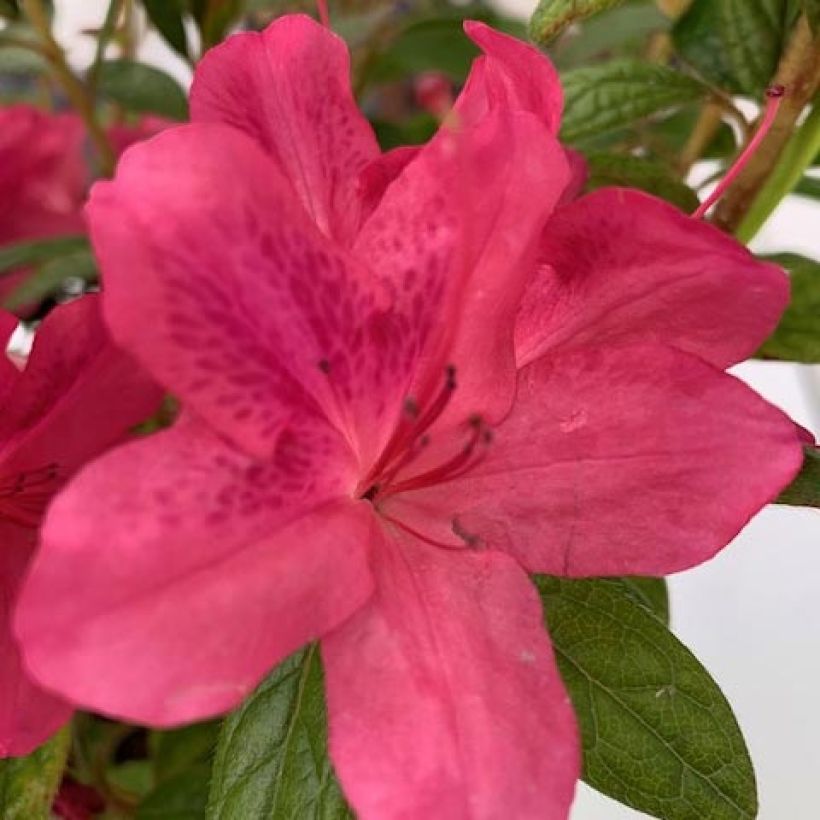

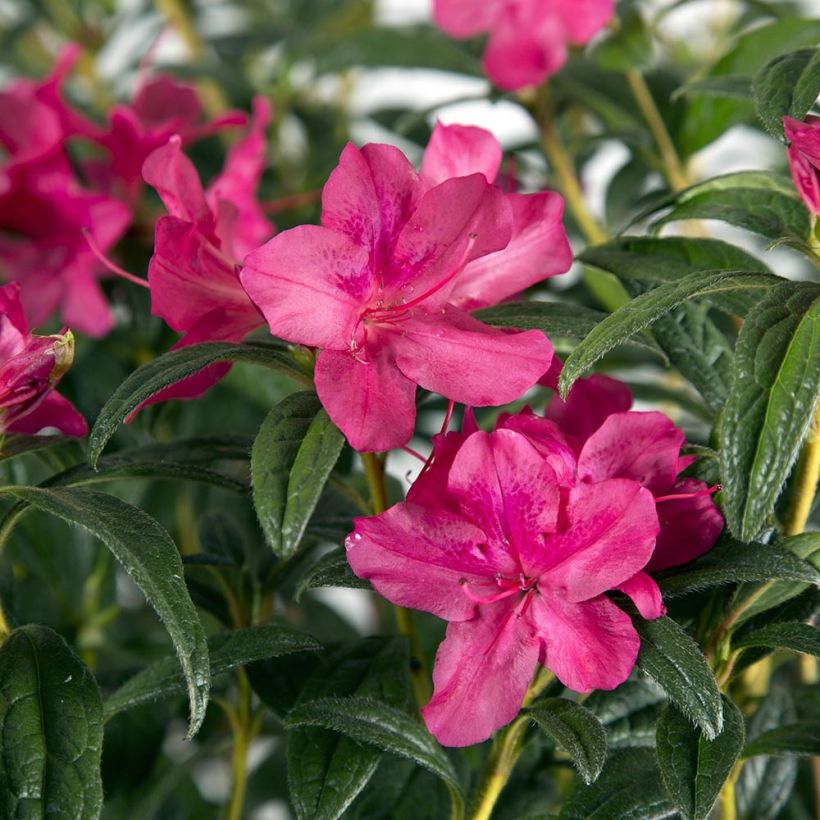

Plant habit
Flowering
Foliage
Botanical data
Rhododendron (Azalea)
japonica
ENCORE® Jewel 'Roblue'
Ericaceae
Japanese Azalea
Cultivar or hybrid
Other Japanese Azalea
Planting and care
The Encore hybrid Azalea does well in moderate sun, but its favourite position is in partial shade, especially in hot and very sunny regions. Plant it in a humus-rich and well-drained, non-alkaline soil. Make sure not to plant the root ball too deep, it should be level with the surface of the soil. Water copiously with alkaline-free water during dry periods, at least once a week in the first year. In spring, apply a fertilizer for ericaceous plants. Pruning is not essential but it is a good idea to prune lightly after flowering to keep the plant looking neat. Remove spent flowers to encourage new growth. The Azalea suffers from very few diseases when well-established outdoors. It can be attacked by weevils that eat the edges of the leaves and rootlets, and by the famous "Rhododendron lace bug", not often causing significant damage. If the soil is chalky or poorly drained, or if the rootball is too deep, the leaves may turn yellow and eventually die. Japanese Azaleas do not tolerate the dry environments of our interiors at all.
Planting period
Intended location
Care
- , onOrder confirmed
Reply from on Promesse de fleurs
Spring-flowering shrubs
Haven't found what you were looking for?
Hardiness is the lowest winter temperature a plant can endure without suffering serious damage or even dying. However, hardiness is affected by location (a sheltered area, such as a patio), protection (winter cover) and soil type (hardiness is improved by well-drained soil).

Photo Sharing Terms & Conditions
In order to encourage gardeners to interact and share their experiences, Promesse de fleurs offers various media enabling content to be uploaded onto its Site - in particular via the ‘Photo sharing’ module.
The User agrees to refrain from:
- Posting any content that is illegal, prejudicial, insulting, racist, inciteful to hatred, revisionist, contrary to public decency, that infringes on privacy or on the privacy rights of third parties, in particular the publicity rights of persons and goods, intellectual property rights, or the right to privacy.
- Submitting content on behalf of a third party;
- Impersonate the identity of a third party and/or publish any personal information about a third party;
In general, the User undertakes to refrain from any unethical behaviour.
All Content (in particular text, comments, files, images, photos, videos, creative works, etc.), which may be subject to property or intellectual property rights, image or other private rights, shall remain the property of the User, subject to the limited rights granted by the terms of the licence granted by Promesse de fleurs as stated below. Users are at liberty to publish or not to publish such Content on the Site, notably via the ‘Photo Sharing’ facility, and accept that this Content shall be made public and freely accessible, notably on the Internet.
Users further acknowledge, undertake to have ,and guarantee that they hold all necessary rights and permissions to publish such material on the Site, in particular with regard to the legislation in force pertaining to any privacy, property, intellectual property, image, or contractual rights, or rights of any other nature. By publishing such Content on the Site, Users acknowledge accepting full liability as publishers of the Content within the meaning of the law, and grant Promesse de fleurs, free of charge, an inclusive, worldwide licence for the said Content for the entire duration of its publication, including all reproduction, representation, up/downloading, displaying, performing, transmission, and storage rights.
Users also grant permission for their name to be linked to the Content and accept that this link may not always be made available.
By engaging in posting material, Users consent to their Content becoming automatically accessible on the Internet, in particular on other sites and/or blogs and/or web pages of the Promesse de fleurs site, including in particular social pages and the Promesse de fleurs catalogue.
Users may secure the removal of entrusted content free of charge by issuing a simple request via our contact form.
The flowering period indicated on our website applies to countries and regions located in USDA zone 8 (France, the United Kingdom, Ireland, the Netherlands, etc.)
It will vary according to where you live:
- In zones 9 to 10 (Italy, Spain, Greece, etc.), flowering will occur about 2 to 4 weeks earlier.
- In zones 6 to 7 (Germany, Poland, Slovenia, and lower mountainous regions), flowering will be delayed by 2 to 3 weeks.
- In zone 5 (Central Europe, Scandinavia), blooming will be delayed by 3 to 5 weeks.
In temperate climates, pruning of spring-flowering shrubs (forsythia, spireas, etc.) should be done just after flowering.
Pruning of summer-flowering shrubs (Indian Lilac, Perovskia, etc.) can be done in winter or spring.
In cold regions as well as with frost-sensitive plants, avoid pruning too early when severe frosts may still occur.
The planting period indicated on our website applies to countries and regions located in USDA zone 8 (France, United Kingdom, Ireland, Netherlands).
It will vary according to where you live:
- In Mediterranean zones (Marseille, Madrid, Milan, etc.), autumn and winter are the best planting periods.
- In continental zones (Strasbourg, Munich, Vienna, etc.), delay planting by 2 to 3 weeks in spring and bring it forward by 2 to 4 weeks in autumn.
- In mountainous regions (the Alps, Pyrenees, Carpathians, etc.), it is best to plant in late spring (May-June) or late summer (August-September).
The harvesting period indicated on our website applies to countries and regions in USDA zone 8 (France, England, Ireland, the Netherlands).
In colder areas (Scandinavia, Poland, Austria...) fruit and vegetable harvests are likely to be delayed by 3-4 weeks.
In warmer areas (Italy, Spain, Greece, etc.), harvesting will probably take place earlier, depending on weather conditions.
The sowing periods indicated on our website apply to countries and regions within USDA Zone 8 (France, UK, Ireland, Netherlands).
In colder areas (Scandinavia, Poland, Austria...), delay any outdoor sowing by 3-4 weeks, or sow under glass.
In warmer climes (Italy, Spain, Greece, etc.), bring outdoor sowing forward by a few weeks.
